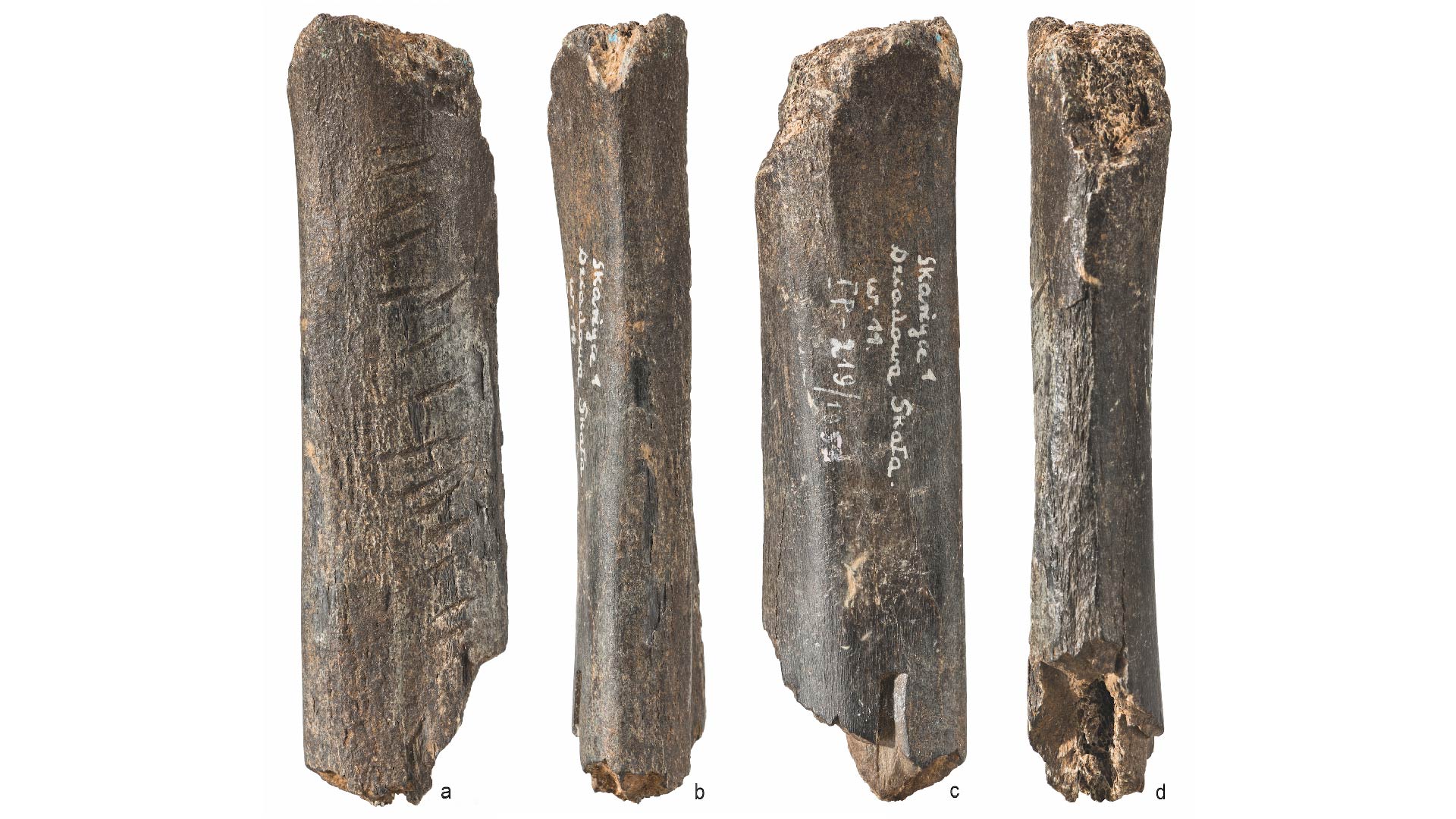JCM, Vol. 13, Pages 2037: Elevated Leukocyte Glucose Index Is Associated with Long-Term Arteriovenous Fistula Failure in Dialysis Patients
Journal of Clinical Medicine doi: 10.3390/jcm13072037
Authors: Adrian Vasile Mureșan Elena Florea Emil-Marian Arbănași Réka Bartus Eliza-Mihaela Arbănași Alexandru Petru Ion Bogdan Andrei Cordoș Vasile Bogdan Halatiu Raluca Niculescu Adina Stoian Claudiu Constantin Ciucanu Eliza Russu
(1) Background: Arteriovenous fistula (AVF) is the preferred type of vascular access for dialysis in patients with end-stage kidney disease (ESKD). However, the primary patency of AVF at one year is under 70% due to several risk factors and comorbidities. Leukocyte glucose index (LGI), a new biomarker based on blood leukocytes and glucose values, has been found to be associated with poor outcomes in cardiovascular disease. The aim of this study is to analyze the impact of LGI on the long-term primary patency of AVF following dialysis initiation. (2) Methods: We conducted a retrospective observational study in which we initially enrolled 158 patients with ESKD admitted to the Vascular Surgery Department of the Emergency County Hospital of Targu Mures, Romania, to surgically create an AVF for dialysis between January 2020 and July 2023. The primary endpoint was AVF failure, defined as the impossibility of performing a chronic dialysis session due to severe restenosis or AVF thrombosis. After follow-up, we categorized patients into two groups based on their AVF status: “functional AVF” for those with a permeable AVF and “AVF failure” for those with vascular access dysfunction. (3) Results: Patients with AVF failure had a higher prevalence of atrial fibrillation (p = 0.013) and diabetes (p = 0.028), as well as a higher LGI value (1.12 vs. 0.79, p < 0.001). At ROC analysis, LGI had the strongest association with the outcome, with an AUC of 0.729, and an optimal cut-off value of 0.95 (72.4% sensitivity and 68% specificity). In Kaplan–Meier survival analyses, patients in the highest tertile (T3) of LGI had a significantly higher incidence of AVF failure compared to those in tertile 1 (p = 0.019). Moreover, we found that patients with higher baseline LGI values had a significantly higher risk of AVF failure during follow-up (HR: 1.48, p = 0.003). The association is independent of age and sex (HR: 1.65, p = 0.001), cardiovascular risk factors (HR: 1.63, p = 0.012), and pre-operative vascular mapping determinations (HR: 3.49, p = 0.037). (4) Conclusions: In conclusion, high preoperative values of LGI are positively associated with long-term AVF failure. The prognostic role of the biomarker was independent of age, sex, cardiovascular risk factors, and pre-operative vascular mapping determinations.

 1 month ago
18
1 month ago
18


